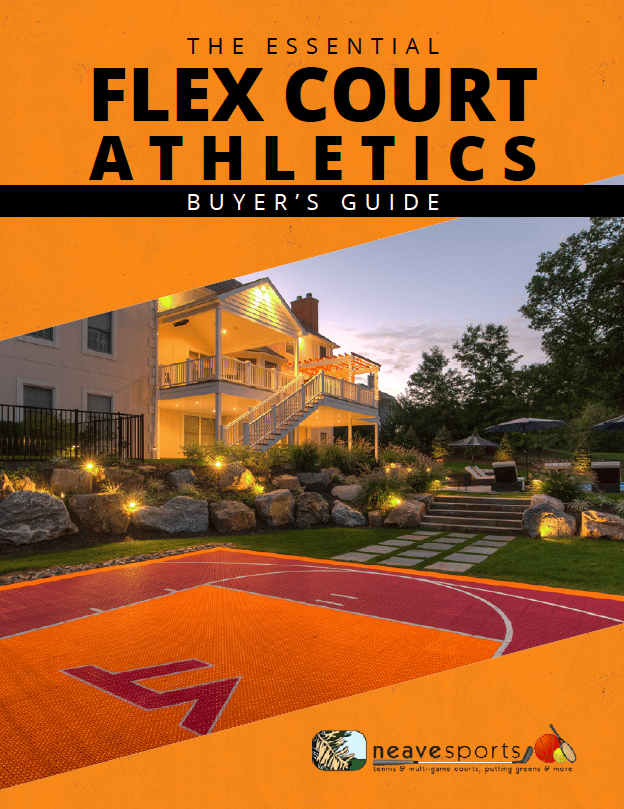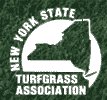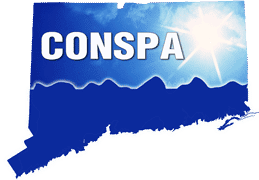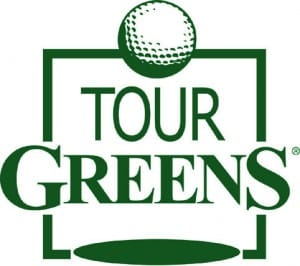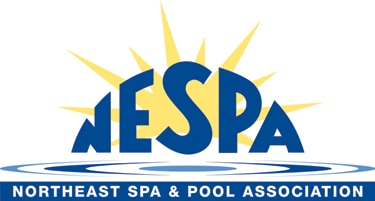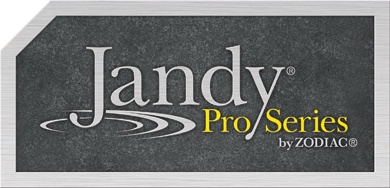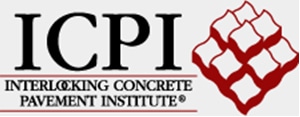If you’re an avid tennis player, you probably have daydreams about a backyard tennis court.
The good news is a tennis court in your backyard is easier than you think. Still, there are some things to consider as you make your plan, especially when it comes to what surface to choose.
Then, there’s the lighting, the fencing, and the landscaping. Let’s take a look at some of your options when it comes to installing a tennis court at your home.
Installing A Backyard Tennis Court — Do You Have The Room?
The overall size of a regulation tennis court for doubles play is 60 x 120 feet. So the first thing you should do is measure your space.
Keep in mind you need to allow additional space around the court perimeter to give the contractor room to work and to permit the installation of drainage, landscaping, and fencing.
Don’t Forget Drainage
You want a tennis court, not a swimming pool, right?
The proper slope is important to allow water drainage away from your court. The ground should be reasonably level, too, preferably on the same plane or higher than adjacent land.
The American Sports Builders Association recommends a finished subgrade 4 to 6 inches above the surrounding ground. If your site has a high water table, you may also need to install an underground drainage system.
Your Tennis Court Surface Options
Ever since tennis was invented, it’s been played on a variety of surfaces, from dirt and wood to grass, clay and concrete.
These days, most courts are paved, although clay is still a popular choice for those who like a slower-paced game. And if you’re a Wimbledon fan, you know the surface choice there is grass with the ball bouncing low and fast.
The surface of a tennis court can seriously change the game. It dictates how you move on the court and how high and how fast the ball bounces.
Let’s take a look at the choices.
Natural Grass Tennis Court
Natural grass courts, like the ones at Wimbledon, provide the softest surface to play on. They offer a fast speed of play, too. But natural grass courts are pretty rare in the United States. They’re tricky to build and even harder to maintain. Think mowing, fertilizing, weed control, irrigation, repeat.
Artificial Turf Tennis Court
Synthetic turf is a good choice for players who enjoy the grass game but don’t want to bother with all the maintenance and irrigation that comes with grass courts. Synthetic turf tennis courts offer slip resistance, traction, and shock absorbing technologies so you can keep playing longer.
A variety of synthetic turfs exist, depending on the pace of play you want. There are faster turfs for professional level grass court play or slower turfs designed for amateurs and beginners.
Acrylic Tennis Court
Acrylic tennis courts are made of synthetic/acrylic layers on top of a concrete or asphalt foundation. These courts tend to play medium-fast to fast because there’s little energy absorption by the court, like in grass courts. They’re durable and fully customizable, available in a wide range of colors. They require less maintenance than concrete and come in a variety of game speeds.
Clay Tennis Court
Dreaming of competing in the French Open? Clay court enthusiasts can get a court in either natural clay or synthetic clay. Both these surfaces offer a true clay court feel.
Daily maintenance is required to keep a clay court in top condition. Lines require regular painting, sweeping and leveling. The surface takes time to dry following rain.
Artificial Clay Tennis Court
Artificial clay offers a true clay tennis court feel without the excessive maintenance hassles. This boasts permanent game lines that won’t blur as you track down drop shots.
One benefit of an artificial clay court is that the mineral in-fill isn’t small enough to go airborne, so no annoying court dust kicking up during play.
Concrete Tennis Courts
These are the standard courts you’ll see in most backyards and recreation centers. While durable and cost-efficient, they’re also susceptible to warping and cracks, radiate a higher level of heat and don’t perform as consistently as other surfaces.
If you’re looking for a cost-effective, entry-level option then concrete and pavement tennis courts are a good start.
Flex Court Premium Tennis Court Tiles
Flex Court tiles are cushioned surface tiles that snap together and are engineered to be more forgiving than concrete or asphalt, reducing instances of sports-related injury, while offering a true bounce and hard court feel.
The shock-absorbing, suspended surfaces actually help alleviate lower back, knee and ankle pain and reduce playing fatigue. Tennis players report they can comfortably play 25 percent longer on tile than on concrete courts.
Designed to be quick drying and self-draining, you won’t have to worry about standing water or dealing with brooms and squeegees to make sure your tennis court is ready for action. In the case that any of the tiles become damaged, you can simply replace those specific tiles instead of doing a complete court replacement.
Beyond The Surface
Once your court surface is in place, you’ll need a few more elements to get your game going. Lighting, fencing, windscreens, hitting walls, shade structures, a score-keeping unit, and additional landscaping are popular tennis court add-ons.
Tennis Court Fencing Options
Fencing is a pretty important part of any tennis court unless you want to spend most of your time chasing errant balls.
For hard courts, a 10-foot fence is recommended. For clay, fast-dry, and turf courts, you can get away with an 8-foot tall fence, as these surfaces create less ball bounce. There are a few tennis court fence choices, from chain link to fabric mesh, depending on your aesthetic and budget.
Chain link — typically vinyl-coated — is a traditional, sturdy fencing material that stays taut and offers a cleaner look. It comes in a variety of colors. Avoid lighter colors, though, as they can make it hard to see the ball.
Fabric mesh fencing — containment netting — uses nylon or polypropylene cord netting that’s stretched along a system of wood or metal posts with top and bottom cabling. It’s flexible, light in appearance and has been used for years at golf course driving ranges and baseball stadiums. It’s more affordable than chain link fencing.
Shade Shelters
It’s nice to have a place to escape the sun and cool down after a rigorous match. Shade shelters can be built on site to your specifications or constructed in a factory and shipped to your site for installation.
Custom shade shelters typically consist of a concrete or paver slab, metal framework, and fabric awning.
Factory built shade shelters can be mounted on your court or on your fence. Court mounted shade shelters include a bench, framework, and awning. Fence mounted shade shelters include the framework and awning.
Wind Screens
Windscreens block some of the wind that can hamper your game, but their biggest advantage is they create a solid color and uniform background so you can more easily see the ball coming toward you. They help you focus on the game and block out distractions happening off the court. They’re typically made of vinyl-coated fabric.
Hitting Walls
A hitting area allows players to warm up by themselves and practice repetitive strokes. If your court is going to involve exposed retaining walls, consider making one of them at least 7 feet tall to serve double duty as a hitting wall. You can add a 36-inch high horizontal white line across it to create a net line.
Lighting
If you want to light your court for play after dark, opt for specialized tennis court lighting. It’s designed to shine the light just where you need it on the court without illuminating areas outside the court. Lights are typically mounted about 20 feet above the court surface.
Landscaping
You’ll want experts involved in any landscaping around your tennis court. They’ll make sure you avoid potential problems, like trees with large root systems too close to courts and irrigation systems that put water into the soil adjacent to courts.
Let Neave Handle Your Tennis Court Installation — While You Work On Your Backhand
There are a lot of details to consider when planning a tennis court, but Neave Sports makes it easy, from securing proper building permits to preparing the terrain, installing the court to adding lighting and surrounding landscaping. We can even provide the accessories to turn your tennis court into a multi-sports court.
You’ll work with a single contact who will help you design your tennis court and coordinate all the construction teams required to install it.
All of our tennis court surface options have different advantages, and our experts can help you pick the surface that not only fits your style of play but your budget, too.
Commercial And Public Courts
If you own a commercial property, or manage a public tennis court and are looking to complete a larger project, Neave Sports is up for the job. We’re equipped to offer you professional installation at your sports complex, training facility, school, park or country club.
Neave can also handle all your accessory needs, from perimeter fencing and lighting to net systems and landscaping.
If you’re in the Hudson Valley, call us at (845) 463-0592. If you’re in Westchester County, call (914) 271-7996; from Connecticut, dial (203) 212-4800. Or, fill out our simple web form, and we’ll contact you about setting up your free consultation.
See you on the court!
